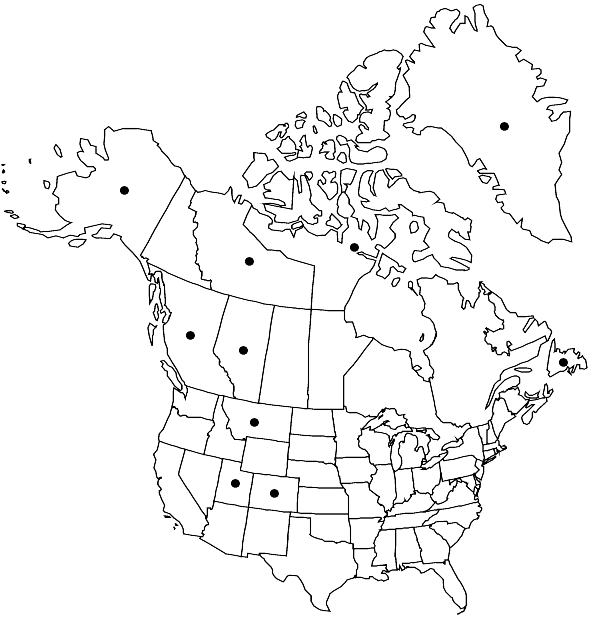Tortula laureri
Öfvers. Kongl. Vetensk.-Akad. Förh. 21: 243. 1864,.
Leaves elliptic, apex broadly acute to rounded-acute, mucronate or apiculate, occasionally obtuse, margins recurved at mid leaf, bordered throughout or in lower 2/3 with 2 (–3) rows of narrower, short to long-rectangular, thicker-walled, somewhat less papillose cells that 1–2-stratose; costa percurrent or short-excurrent, lacking an adaxial pad of cells, distally narrow, 3–4 cells across the convex adaxial surface; distal laminal cells hexagonal to rectangular, 16–21 µm wide, 1–2: 1, strongly 2-fid papillose. Sexual condition autoicous. Sporophytes exerted. Seta 0.9–1.5 cm. Capsule stegocarpic, not systylius, cylindric, horizontal or pendent, nearly straight, urn 1.8–2.5 mm; peristome 300–500 µm, teeth 16, weakly twisted to twisted 1 turn, divided nearly to the base into 2–3 branches and variously perforate, basal membrane low, ca. 50 µm; operculum 0.5–1.2 mm. Spores 18–23 (–35) µm, spheric, densely papillose.
Phenology: Capsules mature summer.
Habitat: Soil, rock crevices, especially calcareous substrates, tundra, essentially subalpine
Elevation: high elevations (2800-3800 m)
Distribution

Greenland, Alta., B.C., Nfld. and Labr. (Nfld.), N.W.T., Nunavut, Alaska, Colo., Mont., Utah, Europe, Asia, s Africa
Discussion
Selected References
None.
Lower Taxa
"um" is not declared as a valid unit of measurement for this property."um" is not declared as a valid unit of measurement for this property.